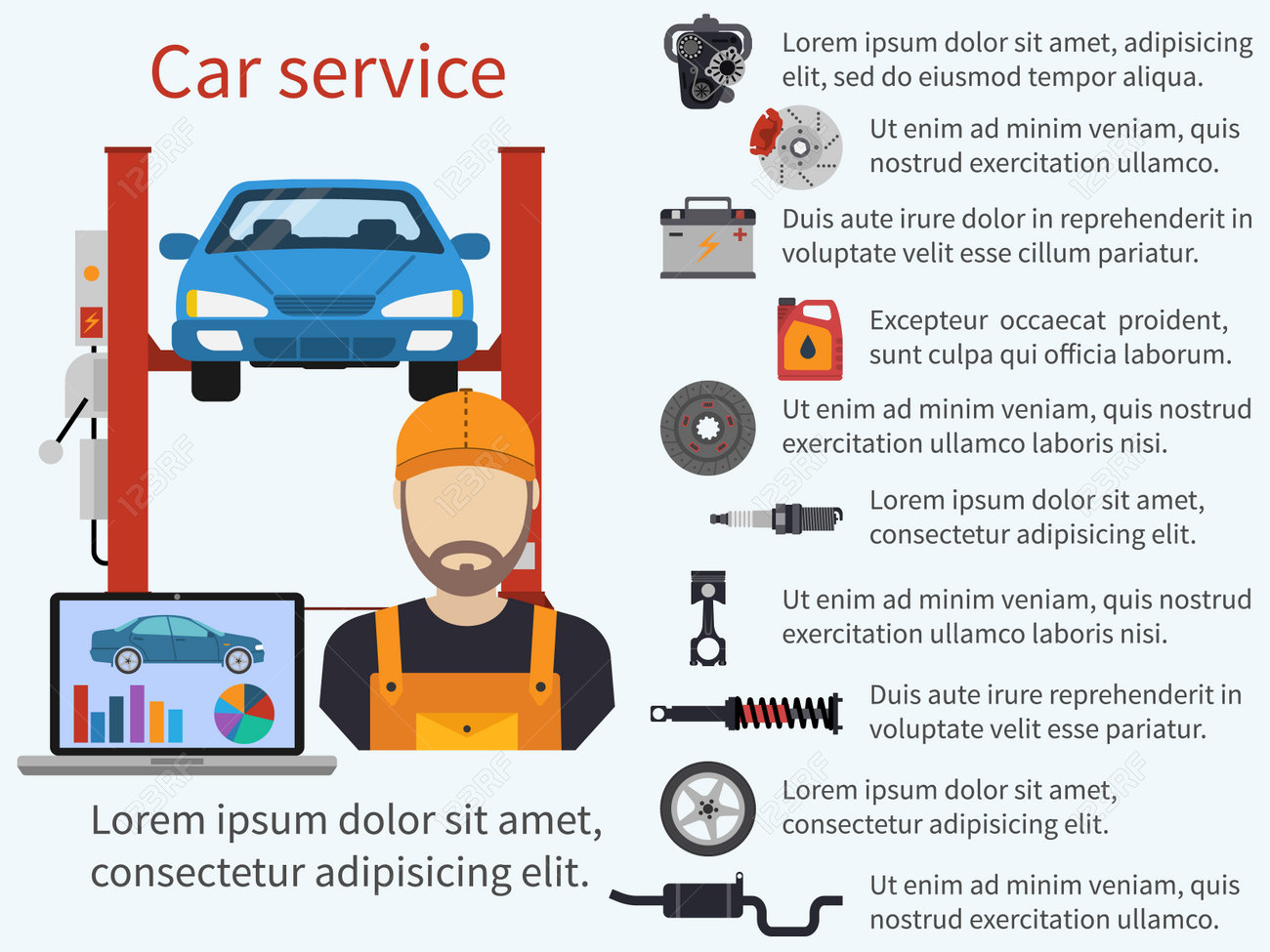Understanding The Relevance Of Your Automobile'S Warning Signals: What They In Fact Stand For
Understanding The Relevance Of Your Automobile'S Warning Signals: What They In Fact Stand For
Blog Article
Uploaded By-Higgins Gilbert
When you're behind the wheel, those beautiful warning lights on your control panel can be a little bit complicated. Do https://remap-ecu-motor49483.develop-blog.com/36674311/thorough-meeting-finest-practices-exposed-by-a-specialist-vehicle-detailer know what they're trying to tell you about your vehicle's health? Understanding the significance of these lights is important for your safety and the durability of your automobile. So, the next time among those lights turns up, would not you intend to understand its message properly and take the needed actions to address it?
Common Warning Lights and Interpretations
Determine typical warning lights in your cars and truck and comprehend their definitions to guarantee safe driving.
The most typical caution lights consist of the check engine light, which indicates problems with the engine or exhausts system. If this light begins, it's important to have your automobile examined immediately.
https://airliftperformancekits17284.ourcodeblog.com/30410920/individual-reflection-enhancing-my-damaged-car-with-a-weekend-outlining-experience cautioning light shows reduced oil stress, requiring prompt focus to prevent engine damages.
A blinking battery light could suggest a defective billing system, potentially leaving you stranded if not attended to.
The tire stress tracking system (TPMS) light signals you to reduced tire stress, impacting vehicle security and fuel performance. Ignoring this could bring about hazardous driving problems.
The abdominal muscle light shows a trouble with the anti-lock braking system, jeopardizing your capability to quit rapidly in emergency situations.
Last but not least, the coolant temperature level alerting light warns of engine getting too hot, which can cause severe damage if not dealt with quickly.
Comprehending these common caution lights will certainly assist you address problems quickly and preserve safe driving problems.
Relevance of Prompt Focus
Understanding the usual warning lights in your automobile is only the very first step; the significance of promptly attending to these warnings can't be stressed sufficient to guarantee your security on the road.
When a caution light brightens on your control panel, it's your cars and truck's method of connecting a potential problem that needs focus. Disregarding these cautions can result in much more severe problems down the road, jeopardizing your security and potentially costing you extra out of commission.
Motivate interest to warning lights can stop breakdowns and mishaps. As an example, a blinking check engine light could show a misfire that, if left ignored, might create damages to the catalytic converter. Resolving this quickly can conserve you from an expensive repair.
Similarly, a brake system cautioning light may indicate reduced brake liquid or worn brake pads, vital components for your security when driving.
DIY Troubleshooting Tips
If you discover a caution light on your dashboard, there are a few do it yourself repairing pointers you can try prior to looking for specialist assistance.
The first step is to consult your vehicle's handbook to recognize what the details caution light indicates. Sometimes the concern can be as easy as a loosened gas cap activating the check engine light. Tightening up the gas cap may settle the problem.
https://www.jonesborosun.com/news/supply-chain-issues-continue-for-automotive-industry/article_bb3b85e4-ebc6-5a0e-b6f3-c2573d5df7d8.html is a low battery, which can set off various alerting lights. Inspecting the battery links for deterioration and ensuring they're protected may fix the issue.
If a caution light persists, you can try resetting it by separating the car's battery for a couple of minutes and afterwards reconnecting it. Additionally, inspecting your vehicle's fluid levels, such as oil, coolant, and brake liquid, can help troubleshoot cautioning lights associated with these systems.
Final thought
Finally, recognizing your car's caution lights is essential for keeping your vehicle running smoothly and securely. By without delay dealing with these alerts and recognizing what they mean, you can avoid costly repair work and prospective break downs.
Remember to consult your car's manual for certain information on each advising light and do something about it accordingly to make sure a trouble-free driving experience.
Stay informed, stay risk-free when driving!
